In the last four years, I started to be more interested in the world of architecture. Due to my friendship with Alexandra, the gal in charge of our long-overdue redesign process at Pixelgrade, I started to look at the world through different lenses.
I’ve always been curious to understand more about the buildings I came across during my travelings, but you can only learn so much by yourself. It’s far more captivating to put things in order and get a wider picture with a great companion next to me.
If in real life I’m lucky to have friends who challenge the status quo of architecture, in the online playground I’m lucky enough to have access to customers who use Mies, our WordPress product, to showcase their view of the world.
Mark Mueckenheim is a licensed architect in Germany, the principal of MCKNHM Architekten, and the co-author of the book “Inspiration — contemporary design methods in architecture.“ Together with his business partner Maria Paz de Moura Castro King of RIZOMA Arquitetura Brazil, build a new business (PMCKM) through which they work on projects in the US and South America; their office is based in the San Francisco Bay Area.
Before moving to the US, he taught for six years at the RWTH University in Aachen, Germany, and as visiting professor at the TU Munich from 2009 to 2012. Since 2013, he is appointed as the Graduate Director of the School of Architecture at the Academy of Art University in San Francisco.
He received his Master of Architecture from Parsons School of Design, New York, and his Graduate Diploma in Architecture at the Bartlett School of Architecture, University College London.
Our digital conversation stretched for two months, and I now take great pride in offering you access to our exchange of ideas.
This interview is, by far, one of the most valuable I’ve done at Pixelgrade. In many ways, it felt like I was enjoying a cup of coffee with Mark at a corner of a noisy street in San Francisco. I’m beyond grateful for the opportunity, and I’m confident you’ll be, too.
Oana
What’s your story off the record?
Mark
From an early age on, I was searching for something that was fulfilling to me. My parents asked me to earn my own money for any expenses that were out of the ordinary, so I worked many odd-jobs, which gave me some early life experience.
I also knew that I wanted to do something creative and something that would improve people’s lives.
One of these jobs was a particularly strenuous one, in a factory at the age of 15, which is the legal age to work for teenagers in Germany. I took the job to earn enough to afford a new electric guitar. During this time, I realized that I didn’t want to work for money so that I could live, but rather to live so I can do work
meaningful to me and hopefully others.
I also knew that I wanted to do something creative and something that would improve people’s lives. I was looking for an activity that has meaning beyond myself or beyond a work product. I searched very long and hard, and I thought I would never find this occupation.
Only in retrospect, I can say that the calling found me a long time before I knew it, starting with my first architecture internship at the age of 16 and working in construction for multiple years shortly before and at the beginning of my studies, as well as through everything that came after.
Oana
What influenced your career path?
Mark
There are two kinds of influences, some of which originated in my early childhood, adolescence, and close family, and others which came later during my studies and along my career path through mentors and peers.
In my early childhood, I spent a lot of time with my grandparents. My grandfather was a significant influence—he was a real Renaissance man. He could build or fix anything to which he set his mind. It was awe-inspiring to see him make something out of nothing.
He would work with me on little projects in his workshop, an old shed-like garage where I handled mostly wood-working tools starting from a very early age. I still have my grandfather’s old workbench in the model shop of my office. It is actually my great-great-grandfathers’ who was a cabinet maker and what we would today call “furniture designer.”
So the workbench it’s in its fifth generation now, it is way over a hundred years old and is about to need some restoration soon. This fearlessness to approach any task is an attitude that guided me all my life, together with an unwavering trust in my abilities, which my grandmother instilled in me.
I generally feel extraordinarily fortunate and blessed to have made so many beautiful encounters with really amazing people from all walks of life and from all parts of the world.
Another important influence were the many talks I had with my father, who is an architect. His stories and worldview made a lasting impression. I also owe a lot to my mother, who was profoundly attentive when I grew up, giving me many of the skills I still use today. She has an impressive drive and dedication that I fortunately inherited.
My parents instilled in me an appreciation for culture and music, and I grew up exposed to diverse urban environments and cultural activities in the dense cultural setting of the Rhine-Ruhr region in Germany.
I was also a musician for ten years before I seriously entered architecture. Leading a band at an early age, I had to acquire some managerial skills, which are still benefitting me today.
In my professional life, there were multiple influences by a few outstanding professors who would speak to me not only about my projects but also about my personal development as a designer. My network of friends and close peers encompasses, of course, several architects, but also artists and photographers, musicians, former students, makers and builders.
Whenever we meet, there is always a stimulating exchange about our ideas. These conversations have influenced and shaped me as a professional. I sometimes feel like I have acute imposter syndrome, and I generally feel extraordinarily fortunate and blessed to have made so many beautiful encounters with really amazing people from all walks of life and from all parts of the world; several resulted in lasting friendships.
Oana
What does architecture mean to you?
Mark
For most laypeople, any building will probably qualify as “architecture,” and that is absolutely fine, but for architects, this is not so easy. To be considered architecture, a building, no matter how small or big, how cheap or expensive, needs to assert a higher quality than the average structure.
This quality can come through many different avenues; it could be straightforward in form of its materiality or spatial quality, or more indirect, in its societal impact or higher purpose.
Architecture requires a lot of dedication, and has huge responsibilities as well as liabilities, it is also extremely rewarding.
The criteria are manifold and complex; many books have been written about this, so I could go on for a while here (laughs). In my firm, we believe that architecture is a cultural act, and therefore, a contribution to the culture of humanity. We need to make sure that this contribution is worthy of this greater goal, and this is an ethical criterion for us.
We believe that this deep care for what we do is, of course, also to the benefit of our clients, but it goes way beyond this. There is also the fact that no one can avoid a building; our work is literally in the public realm, and buildings require a considerable amount of resources.
With this comes great responsibility for architects. It is my personal aim to do meaningful work that is a positive contribution. Lastly, architecture is a great passion, and though the profession of architecture is very difficult, requires a lot of dedication, and has huge responsibilities as well as liabilities, it is also extremely rewarding; you usually don’t hear architects complain about their job.
Oana
Your guiding force is a conceptually driven design approach. What does it mean, in essence?
Mark
An architectural concept is a larger realm of ideas that tie every aspect of a building together. So eventually, a good concept encapsulates everything, from a building’s placement into the context of a city or landscape, up to the smallest construction detail.
A concept also guides everything by describing the big picture of a project, the greater idea. This is in no way esoteric but rather based on common sense. In finding this concept, we ask ourselves many straightforward and practical questions to get to the essence of the best possible solution for any assignment we start.
Usually our design decisions resonate with our clients as there is a logic to them, in this logic we find the poetry of a project.
Oana
You entered architectural competitions for reputed cultural institutions and museums. What’s the drive for engaging in such endeavors?
Mark
For many architects, cultural buildings are the crown jewel of projects, so there is a particular attractiveness to participate in such competitions. Together with my Partner Maria Paz De Moura Castro King and her office RIZOMA Arquitetura we do have some direct commissions for museum pavilions and other buildings at the Inhotim Institute in Brazil. These are hopefully going to get built in the next years.
We are not fixed on a building type; we are open to any kind of commission no matter how small or large.
Maria and I are cooperating for a while now, we are about to launch our new firm, PMCKM – Paz de Moura Castro King Mückenheim in the next weeks, but we will also keep MCKNHM and RIZOMA at least for now. All three offices will utilize the Mies theme for our websites, which we love for multiple reasons.
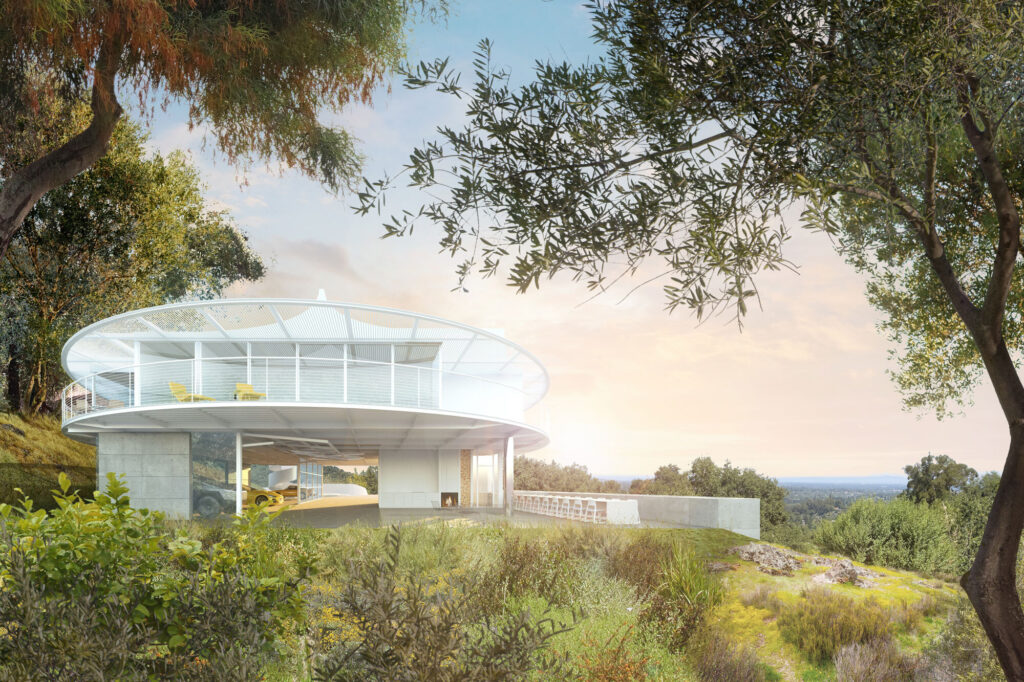
We both have a solid affinity for culture and cultural institutions, which is natural considering our architectural stance. Maria’s contributions over the years at Inhotim are world-class buildings, and we will add more to this unique collection over there, but we are not fixed on a building type; we are open to any kind of commission no matter how small or large.
Our experience spans over many categories and our process can be applied to all kinds of typologies. We are currently also working on several houses in California for very engaging clients on very exposed sites, a house in Corumbau and a hotel at the Marau Peninsula both in Brazil.
Oana
Which projects challenged you the most and in which ways?
Mark
I am currently planning my own house (laughs). I never thought I would build a house for myself as I knew that I could never make up my mind if I would have to design something for myself.
We are trying to build this house with a zero carbon footprint, which is an additional challenge.
Also, as an architect, I want to design houses for other people, not for myself. Lastly, I am an urban person, I never thought I would want to live outside of a city – which in my mind speaks against a house. However, with two kids, my perspective has changed, and in 2017 my wife and I purchased a beautiful piece of land in a small beach community south of San Francisco.
Since then, I have made 4 different designs for the house, probably driving my wife, who is not an architect, crazy. However, we settled on a scheme now and we hope to break ground early next year. We are trying to build this house with a zero-carbon footprint, which is an additional challenge. I am also extremely busy with my University appointment.
In the little free time left after that, the office projects and my family keep me occupied, so my own house is always the last thing I work on, which explains the expanded timeline.
But in general, every structure we design is a new challenge in itself as each building is unique. I love this about architecture; every day, there is the possibility for a new experience, there is always something new to learn, there is never a dull moment.
Oana
How do you know you did your best with your work?
Mark
Our design-methods are, in large parts, empirical and we can validate most of our decisions. They usually make common sense and are relatively practical and therefore resonate with our clients. In my development as an architect, I can closely identify with Mies van der Rohe’s quote, “I don’t want to be interesting. I want to be good.”
Every project also has a life of its own and the ideas live on.
While this is all pretty straightforward, there is also always a twist in our work to do something special for the assignment and, to a certain degree, unexpected.
This angle in our work is not at all to be interesting, but somewhat out of a desire for progression. Progression of methods, progression of ideas, progression of culture, I firmly believe that we constantly need to progress and evolve as a species, as cultural beings, as a civilization.
If we have gone far enough in our thinking about any given project, there is a certain satisfaction that settles in, and I guess that is when we know. But every project also has a life of its own and the ideas live on.
So certain themes in our work keep evolving even after we completed a project, so our best work is hopefully always yet to come.
Oana
Do you believe in the power of constraints in what you’re doing?
Mark
Absolutely— there is no blank canvas for an architect; you are constantly reacting to a context, the site and location, the client, the budget, society… bringing these contexts into a relationship with the building is at the heart of what we do. In this regard, these constraints are stimulating our ideas.
Oana
Do awards picture a good-enough image about your work?
Mark
No, for sure not, especially if you count all the awards we didn’t win (laughs). We are not particularly focused on awards, it is always nice to get recognition, but we do not chase awards enough as we are currently too busy to do so; maybe that will change again in the future.
The projects we do are very diverse, and the criteria for generating our designs are multifaceted. Awards seldom capture all the nuances in any given work, but they reflect the recognition or validity of your ideas.
The bottom line is that we are not trying to be popular or recognized, we are trying to do good and meaningful work. Prizes and awards are just a byproduct.
Sometimes awards help to stir a conversation about values in the field; in this regard, some awards are very important. Take the changing focus of the Pritzker Prize, the so-called “Nobel Prize of architecture” probably one of the most important prizes in our field. In recent years, it shifted towards honoring more equitable architecture.
Another recent change for this prize is also that it has become much more gender-conscious. These new focuses have influenced the profession of architecture quite a bit and indeed to the better.
The bottom line is that we are not trying to be popular or recognized, we are trying to do good and meaningful work. Prizes and awards are just a byproduct. They either come or they don’t; most often, they don’t. I believe that you do not have a tangible impact if you are chasing popularity or recognition, it is not about this; it is just about the work you do.
Oana
We live in tough times. What’s the role of architecture these days?
Mark
It’s common knowledge that we spend almost 90% of our time in buildings*, which makes the quality of spaces we live in a very important consideration. I believe that a good space has the potential to elevate how you feel and that it can have a positive impact on people’s lives.
Architecture has the power to contribute to building a more equitable and sustainable world.
We live in an interesting and challenging era; we are at the brink of a global climate crisis, and at the same time building construction is drastically changing from established industrialized modes to large-scale digital fabrication.
While adjusting to these significant shifts, architecture has to make a profound contribution to the problems our civilization is facing to remain relevant. I believe that architecture has the power to address many of these issues and to contribute to building a more equitable and sustainable world.
*(source: The National Human Activity Pattern Survey (NHAPS): A Resource for Assessing Exposure to Environmental Pollutants, by Neil E. Klepeis, William C. Nelson, Wayne R. Ott, John P Robinson, Andy M. Tsang, Paul Switzer, Joseph V. Behar, Stephen C. Hern & William H. Engelmann, published by the Lawrence Berkeley National Laboratory in 2001 – Journal of Exposure Science & Environmental Epidemiology volume 11, pages 231–252 (2001).
Oana
Can architecture help us live more authentic lives?
Mark
We consume way too much, and we live speedy and hectic lives, more than ever in the history of humanity. Social media and the devices we carry around have led to a development where every experience is becoming a commodity through constant documentation and publication.
There is no image or virtual device that can simulate how one feels in a gothic cathedral, a middle Eastern souk, or when first standing in front of the Taj Mahal.
So the question of authenticity is crucial as it reflects on each one of us. At the same time, the pandemic has shifted our focus to what is really important to us. I hope that direct human interaction and real, non-virtual experiences will have a Renaissance in the beginning 2020s.
Another thing is that spatial experience cannot yet be fully replicated, although a giant digital industry is working towards this goal. There is no image or virtual device that can simulate how one feels in a gothic cathedral, a middle Eastern souk, or when first standing in front of the Taj Mahal.
You experience space with all your senses; blind people can tell you if there is a wall behind their back or guess successfully how high the ceiling in the room is they inhabit.
The perception of space has been crucial to our survival for millennia, and our senses have developed this remarkable capacity. So space and architecture have an immediate effect on us that is purely authentic, and that doesn’t exist outside of these particular spaces.
I believe that you have a better life if you are spending it in good, well-crafted spaces that stimulate your senses. The space we are in is also our “third skin.” I often describe my feelings in Mies van der Rohe buildings as wearing a nicely tailored 1960s suit; his buildings are so precise you profoundly feel it.
Oana
Where does beauty lie in architecture?
Mark
This is a very interesting question. I always say to my students that good architecture doesn’t have to be beautiful, as beauty is fairly subjective. However, I firmly believe that architecture needs to have a presence. I say this because architecture works on a very different scale.
Beauty is a relative term – a mountain or a large rock formation for example is not necessarily beautiful in itself. Still, it surely has a presence that provokes an emotional reaction in us.
It is one of my core beliefs that every one of us should thrive for leaving this world better than we found it.
This kind of more profound natural beauty is what interests me. I have a very strong connection to nature. I also believe that a certain logic in a design leads to a more harmonious result that we can relate to with our own logic. Receiving this confirmation when experiencing something is fulfilling to us.
At the same time, I like buildings where there is also a part that might break my expectation and surprise me.
Oana
How do you envision a better world?
Mark
It is funny that you ask this, as it is one of my core beliefs that every one of us should thrive for leaving this world better than we found it. We declared “build a better world” as a core message of the architecture school I am helping to lead.
It is our aim and stands for our values, but it is also a reflection of our students’ aspirations. I hope that my work is a humble contribution to this goal. It is a team effort required by all of us, and everything we do counts, no matter how small it is.
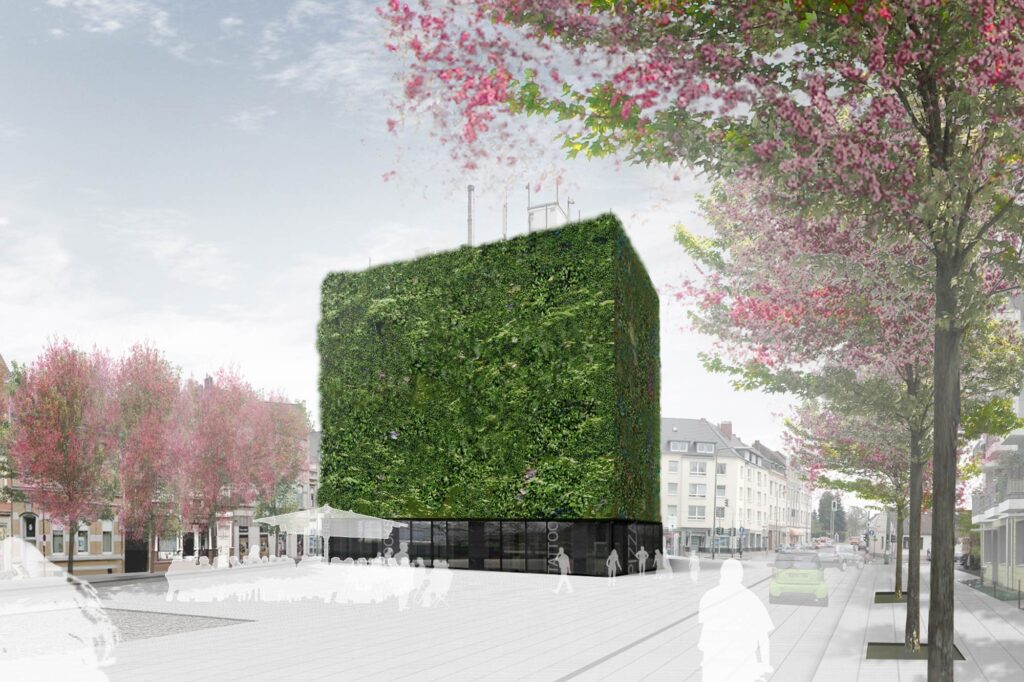
I believe that we are at the brink of a massive shift, which will determent if we can plot another course and save this world. A better world would be one where every being on this planet, and this includes us humans, has its own ecosystem that can coexist with every other and that all of these together are not interfering with the balance of the planet.
On a societal level, I hope that we will continue to build a more equitable world, where every human being has access to everything they would need to lead a dignified life. I know this sounds terribly idealistic, but I do believe that we can innovate our way out of the massive global problems we are currently facing.
Oana
What’s the core mantra, and how you put it at the forefront?
Mark
I think we are trying to deliver a higher value with everything we do. This has nothing to do with increased costs; we try to take ordinary everyday things and elevate them.
We always want to give our best no matter how small a project is; architecture and its magic can unfold in the smallest of places. This approach is an attitude and our stance, so it comes very natural to us.
Another mantra about our everyday work is “After the game is before the game” a quote by German soccer legend Sepp Herberger.
If you managed to get here, then congrats! You are of those people who aim to question assumptions, expand their horizons, and learn. All these heavily impact what Mark understands by contributing to the culture of humanity.
In a world that’s more divided than ever, in which we’re way too interested in our selfish goals and less in how we can shape a better future, I think this interview works like a well-deserved break to catch our breath and answer the following question: How do you shape the culture of humanity?
Want to showcase your work online?
Mark uses Mies, our WordPress theme, to document his amazing work and share with the world. Take a look, maybe it fits your needs.
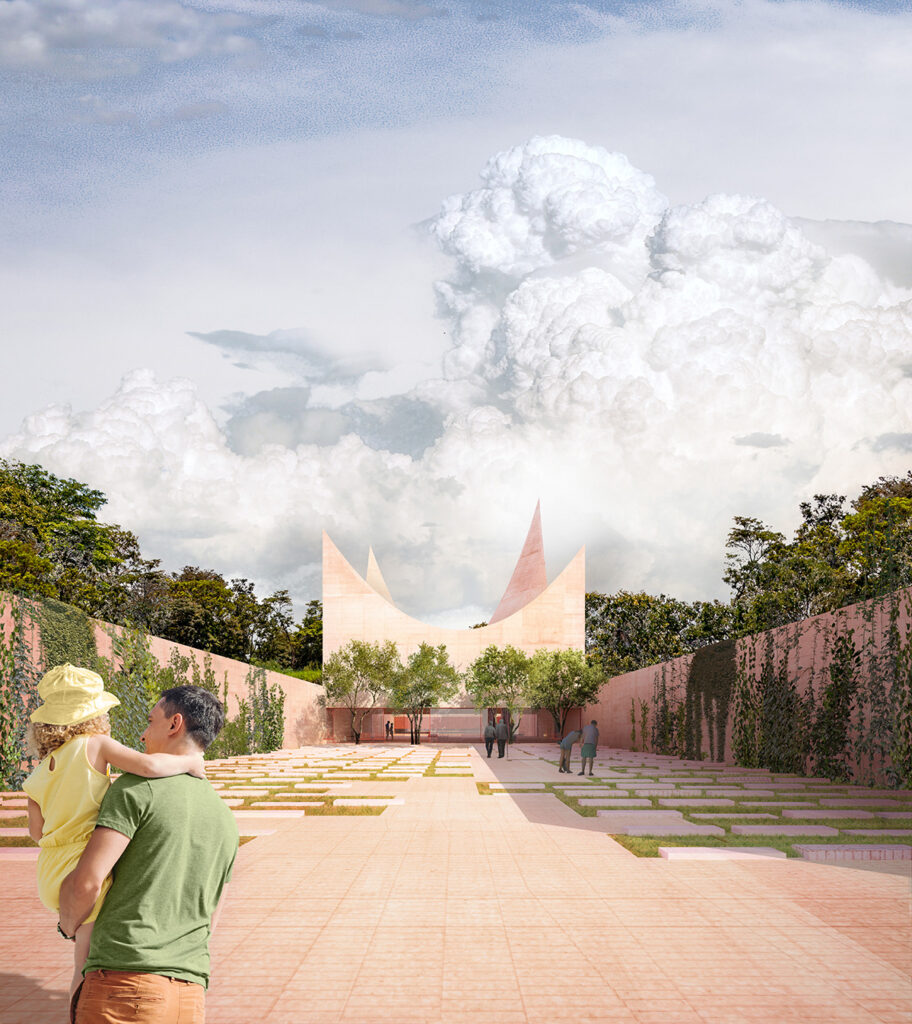
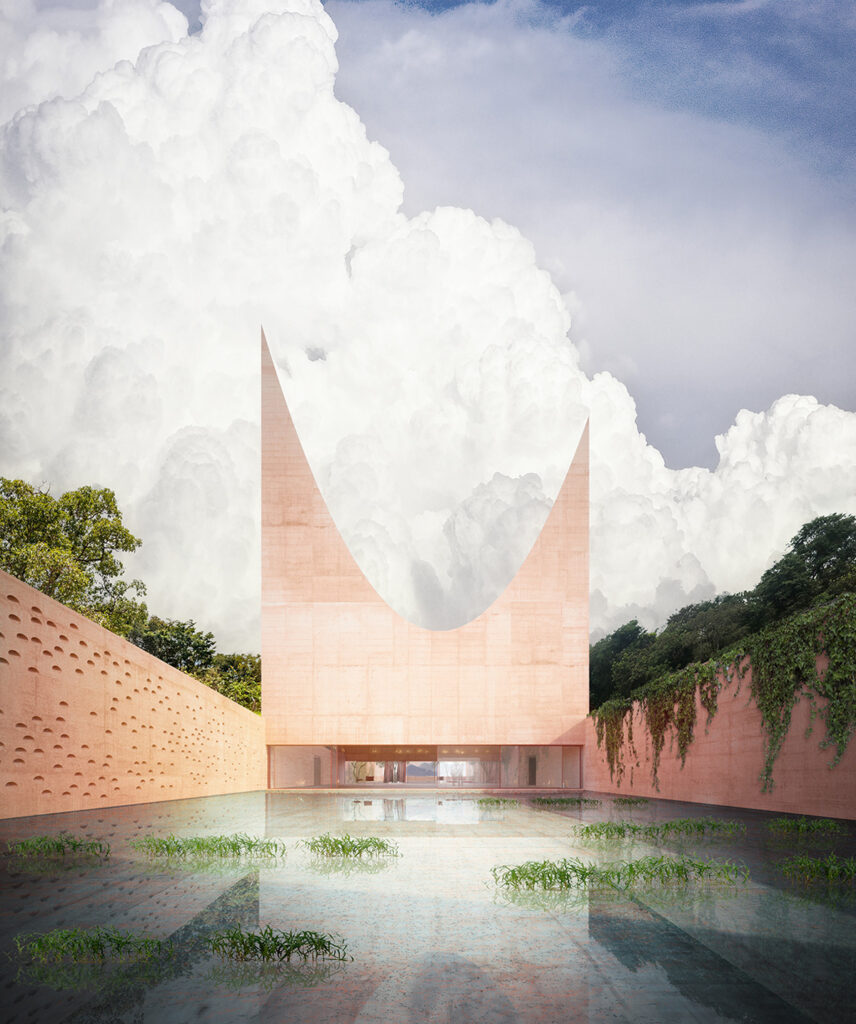
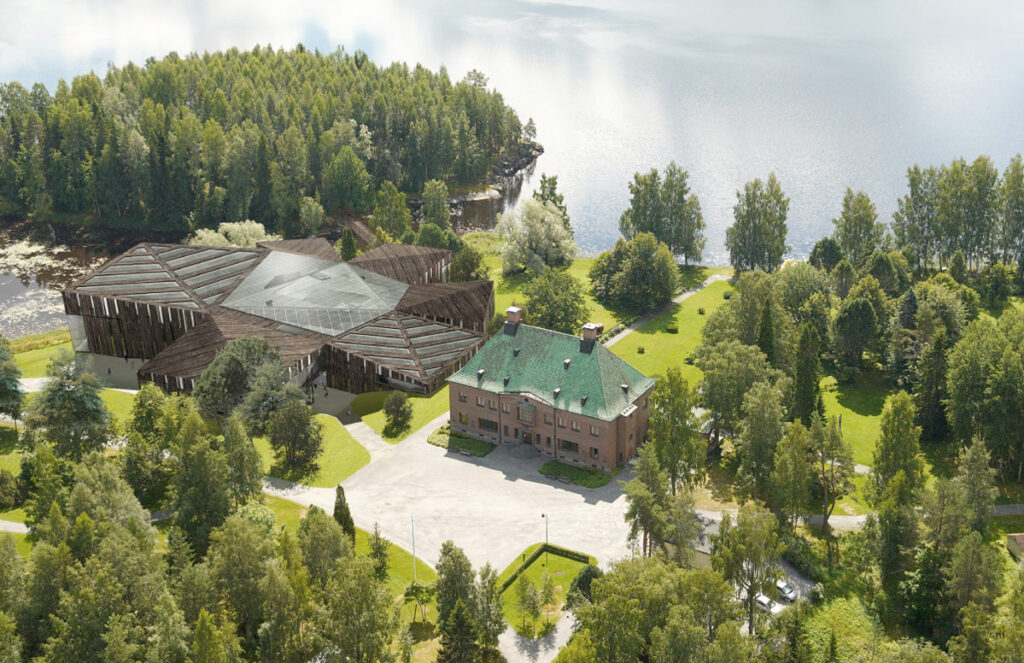

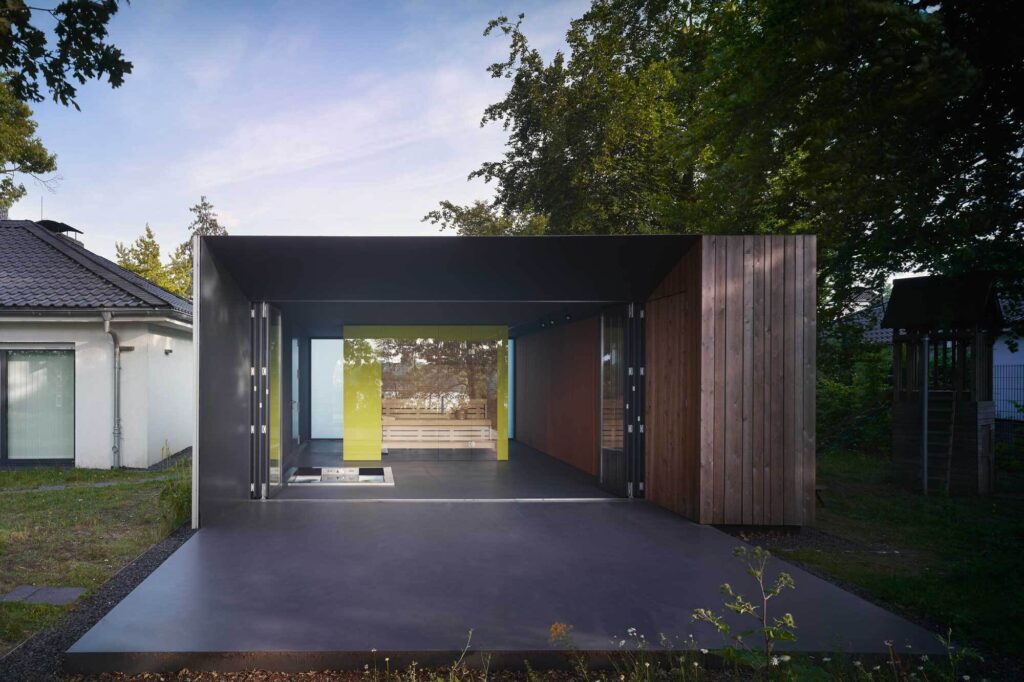
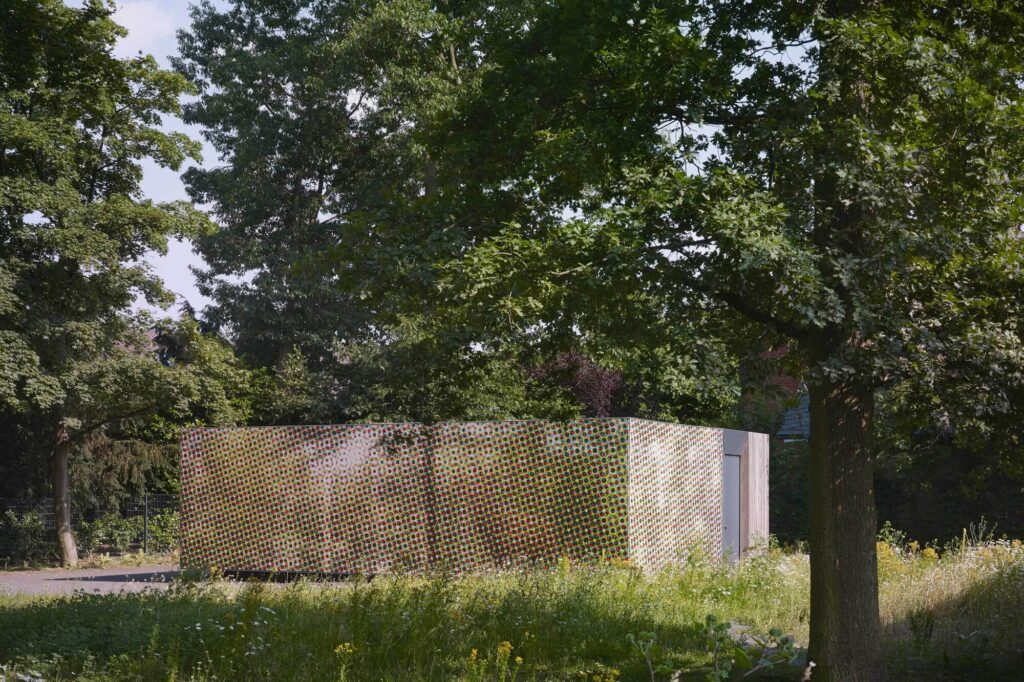
Start the conversation